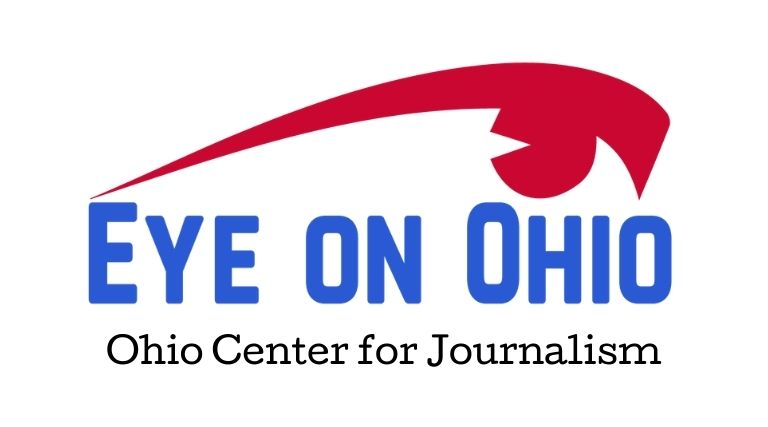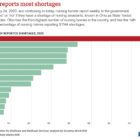-
Mental health worker shortage grows in Ohio
This story provided by Eye on Ohio, the nonprofit, nonpartisan Ohio Center for Journalism together with the Cleveland Observer. Please join Eye on Ohio’s free mailing list as this helps provide more public service reporting to the community. Unprecedented demand and a sparse employee pipeline are adding stress to Ohio’s already strained behavioral health system.…
-
A tale of two cities’ water bills: how one place was able to reduce mounting utility costs for low-income households and how Ohio may follow suit
By Conor Morris If Kevina Chapolini-Renwrick couldn’t pay the $15,000 water bill, she’d lose her home. The South Philadelphia resident began to panic when she saw the city had tacked a notice on her door threatening her with legal action, back in the summer of 2021. Her husband had inherited the property from his parents…
-
Sidebar: Why compare Cleveland and Philadelphia, and why does this matter?
By Conor Morris Across the U.S., the cost of water and sewer has only gotten more expensive over the last several decades, with the average water bill increasing by 30% between 2012 and 2019, according to a utility bill index conducted by Bluefield Research. As of 2019, low-income households spent an average of almost 10%…
-
Plaintiff, Defendant, and Judge: How some Ohio counties entrust the same officials to collect taxes and wipe tax liens
This project was funded by a grant from the Pulitzer Center and provided by Eye on Ohio, the nonprofit, nonpartisan Ohio Center for Journalism. Please join the free mailing lists for Eye on Ohio as this helps provide more public service reporting. By Lucia Walinchus and Emily Crebs Shortly after Athens County started a land…
-
Sidebar: What is Artificial Intelligence and why use it to look at public records?
This project was funded by a grant from the Pulitzer Center and provided by Eye on Ohio, the nonprofit, nonpartisan Ohio Center for Journalism. Please join the free mailing list for Eye on Ohio as this helps provide more public-service reporting. By Lucia Walinchus Meredith Broussard notes in her book, “Artificial Unintelligence,” that “AI” is…
-
How Ohio became the No. 1 state for nursing home assistant shortages
This story is from the Investigative Reporting Workshop in collaboration with Eye on Ohio, the nonprofit, nonpartisan Ohio Center for Journalism. Please join Eye on Ohio’s free mailing list or follow IRW on Facebook as this helps us provide more public service reporting. By Savanna Strott Ohio nursing homes reported more shortages of nursing…
-
SIDE BAR: The long road for nursing home legislation in the Statehouse
This story is from the Investigative Reporting Workshop in collaboration with Eye on Ohio, the nonprofit, nonpartisan Ohio Center for Journalism. Please join Eye on Ohio’s free mailing list as this helps us provide more public service reporting. By Savanna Strott As Ohio grapples with the highest number of State Tested Nursing Assistant (STNAs) shortages…
-
Covid Correctional: behind Ohio’s campaign to get prisoners vaccinated
By Cid Standifer When James Burris was sent to quarantine in a solitary confinement cell, the doctor wouldn’t tell him who allegedly exposed him to the coronavirus, citing laws protecting personal medical information. Burris said he and the four other men sent off to quarantine with him deduced who might have exposed them by comparing…
-
How one Ohio city lowered evictions and late rental payments
Early statistics from Cleveland’s Right to Counsel program show promising results – but what will happen when that moratorium ends? By Conor Morris East Side Cleveland resident Dennis Eads ran into some trouble paying rent last year. Eads, a father of five, said he was thankful to have kept his job at a warehouse in…








